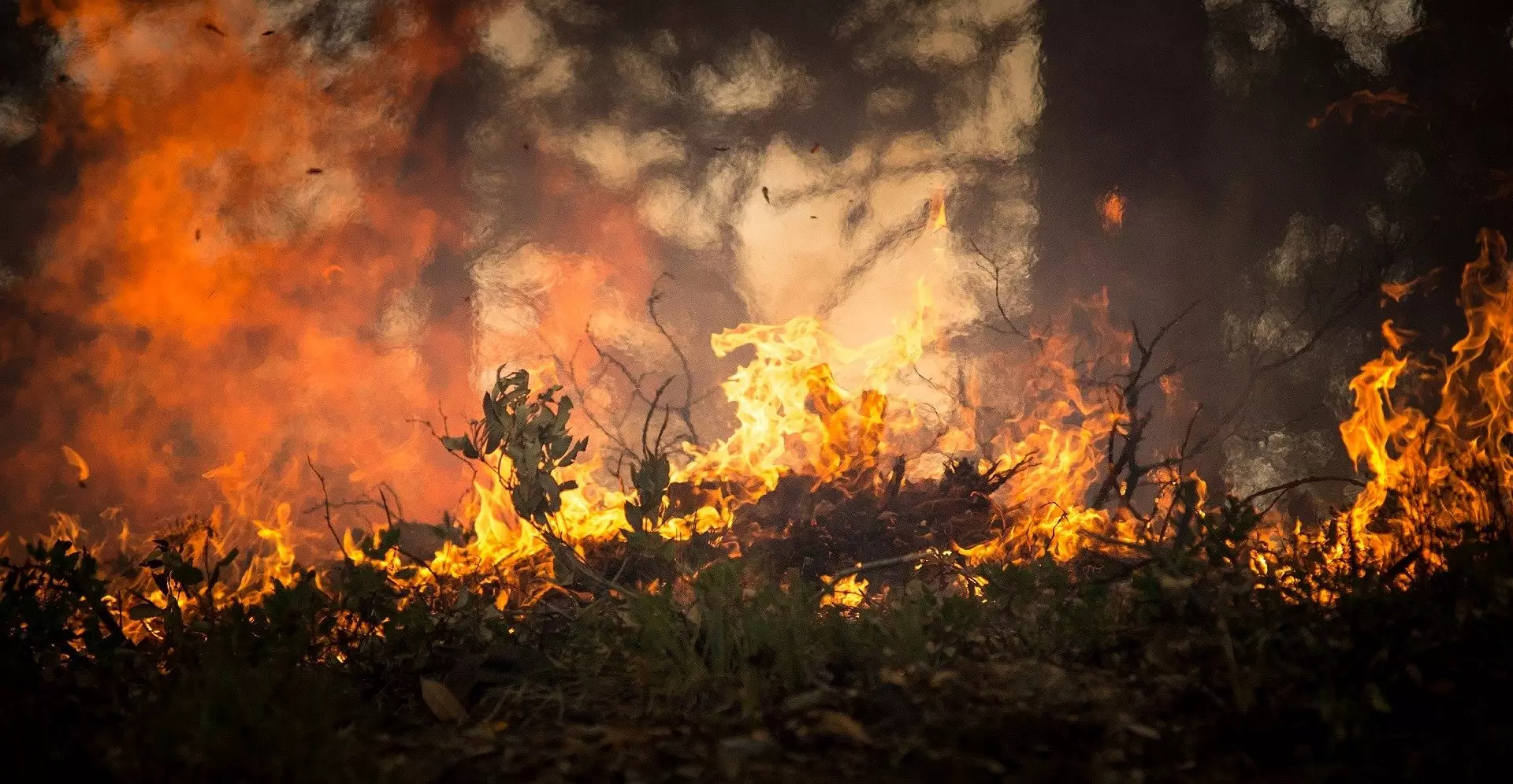In recent decades, the threat of compound climatic extremes—days characterized by high temperatures, dryness, and an elevated risk of wildfires—has dramatically escalated across South America. Research reveals that, since the 1970s, certain areas within the continent have experienced a troubling tripling of such extreme days annually. While South America is warming at a rate similar to the global average, the severity and frequency of these extreme conditions reveal a disturbing trend that demands urgent attention.
The implications of rising temperatures, aridity, and fire risk are not merely environmental; they extend deeply into economic, ecological, and public health realms. As identified by researchers, these compound extremes can trigger cascading effects that threaten ecosystems and livelihoods. For instance, heightened fire risk can devastate local flora and fauna, disrupt agricultural production, and endanger the health of communities unprepared for smoke inhalation and heat-related illnesses.
The findings published in Communications Earth & Environment highlight the geographical disparities in vulnerability, pinpointing regions where the number of extreme days has surged from under 20 to as many as 70. The broader implications are troubling, especially in areas like the Venezuela-Colombia border and parts of the Amazon, where local populations are increasingly exposed to environmental stressors.
The investigative work performed by Raúl Cordero and his team underscores the necessity of data-driven analysis in understanding these climatic shifts. By examining a grid system measuring approximately 30 by 30 kilometers, they mapped occurrences of simultaneous hot-dry-flammable conditions from 1971 to 2022, relying on daily temperature records and fire weather indices. This meticulous approach allows for a more nuanced understanding of how such extremes are evolving over time.
An alarming discovery is the increasing variability in these climatic occurrences, suggesting not only a shift in averages but also unpredictability that can hinder effective resource planning and disaster preparedness.
The study also connects the frequency of these extreme weather phenomena to broader climatic patterns, particularly the El Niño-Southern Oscillation (ENSO). The interplay between the warmer El Niño phase, which amplifies fire risks in northern Amazon regions, and the cooler La Niña phase, which raises risks in central South America, indicates that regional climate phenomena significantly influence local and national preparedness strategies. Policymakers must consider these factors when designing approaches to mitigate fire risks and support communities that often bear the brunt of climate extremes.
A crucial point raised by the researchers is the disproportionate impact of these climatic challenges on rural and indigenous populations. Addressing these inequities is essential for creating effective mitigation strategies. Sustainable practices, community engagement, and climate adaptation efforts must be prioritized to protect the most vulnerable groups.
The rising incidence of compound climate extremes in South America poses a critical threat not only to the environment but also to public health and economic stability. Research initiatives like those conducted by Cordero et al. are vital in illuminating these risks and steering policy responses. It is essential that governments and organizations prioritize climate adaptation strategies, engage local communities, and address the deepening inequalities that exacerbate the impacts of these extreme climatic events. Only through concerted, informed action can South America navigate this escalating crisis and safeguard its future.

